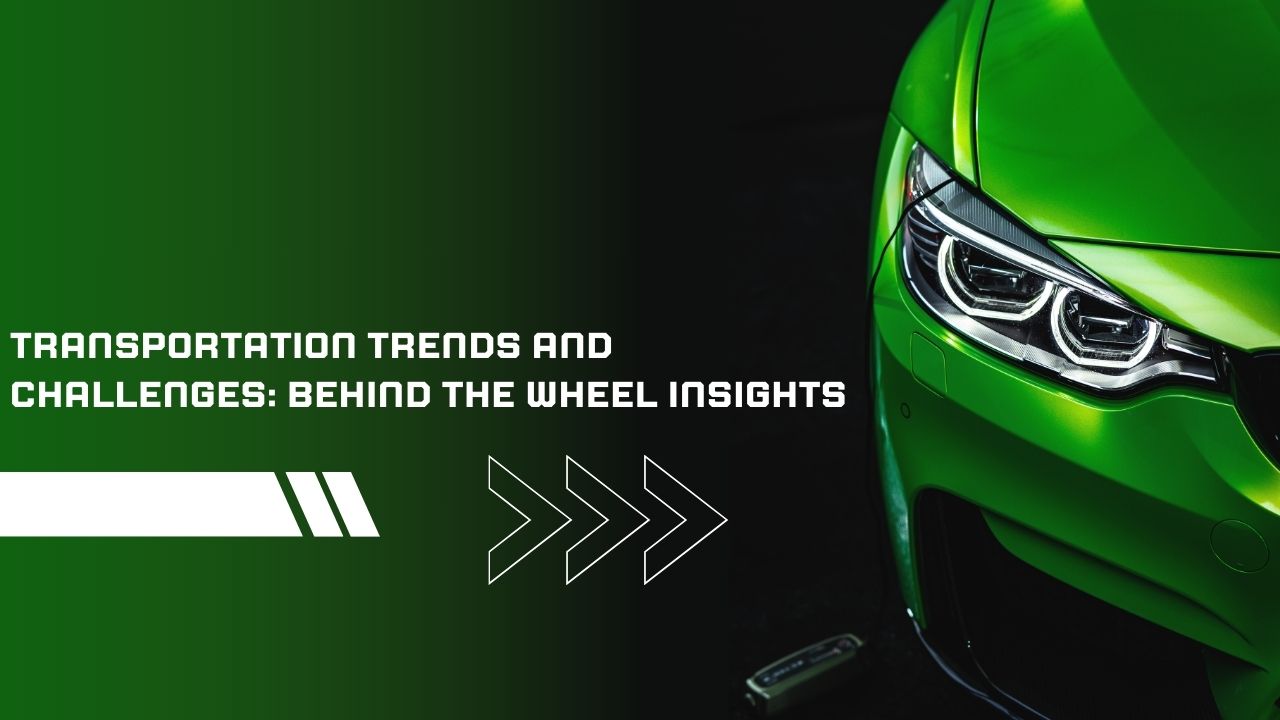The transportation sector is growing rapidly due to technological advances, changing customer preferences, and the urgent need for sustainable solutions. As we navigate this dynamic landscape, it is important to understand the current situation and the challenges that shape the future. Here, we explore recent developments and future barriers, providing valuable insight for motorcyclists.
Main traffic conditions
1. Electric vehicle
The push to electrify is one of the biggest trends in transportation. Electric vehicles (EVs) are growing in popularity due to their environmental friendliness, low operating costs, and advances in battery technology. Major automakers are ramping up production of electric vehicles, and governments are pushing to encourage the use of electric vehicles.
Environmental impact: Electric vehicles do not emit exhaust gases, which helps to reduce air pollution and fight climate change.
Cost-effective: With fewer moving parts, electric vehicles require less maintenance and save on fuel costs.
Battery innovation: Better battery technology will extend the range and reduce the charging time of electric vehicles, making them more suitable for everyday use.
2. Independent driving
Autonomous vehicles (AV) are expected to revolutionize transportation by improving safety, reducing traffic congestion, and providing solutions for those unable to drive. Companies like Tesla, Waymo, and Uber are at the forefront of developing self-driving technology.
Safety: Self-driving cars can reduce accidents caused by human error.
Accessibility: Special technology can improve mobility for the elderly and disabled and optimize traffic flow to reduce congestion.
Challenges: Legal constraints, technical limitations, and societal acceptance remain major barriers to the widespread adoption of autonomous vehicles.
3. Go together.
The rise of shared mobility services, such as ride-sharing, is changing the way people move around cities. Companies like Uber, Lyft, and Zipcar offer transportation options that reduce the need for owning a car.
Cost savings: Carpooling is cheaper than owning a car, especially in cities where parking and maintenance costs are higher. Environmental benefits: Reducing the number of vehicles on the road helps reduce emissions and traffic.
Urban planning: Cities are adapting to this situation by redesigning infrastructure to include shared mobility services and reduce reliance on private cars.
Transportation challenges
1. Construction
The transition to new types of vehicles requires significant investment in infrastructure. Safe spaces are important for electric vehicle charging stations, intelligent transportation systems for autonomous vehicles, and mobility services. Electric vehicle charging: Expanding the network of charging stations is essential to supporting the growth of electric vehicles.
Smart roads: The development of roads equipped with sensors and communication systems to interact with autonomous vehicles is necessary for the safe operation of autonomous vehicles.
Urban adaptation: Cities need to redesign streets and public spaces to accommodate new forms of transportation and reduce congestion.
2. Legal and regulatory issues
The speed of technological progress often outstrips developments in legal and regulatory frameworks. Policymakers face the challenge of developing regulations that ensure safety without stifling innovation.
Autonomous Vehicles: Setting standards for the testing, safety, and responsibility of autonomous vehicles is critical to public trust and adoption.
Shared mobility: Legislation should address issues such as insurance, data protection, and employment rights for gig economy workers.
Environmental Standards: Governments must establish and enforce emissions and energy efficiency standards to achieve sustainable development goals.
3. Social Responsibility and Behavior Change
Adopting new vehicle technologies requires changing people’s attitudes and behaviors. People need to trust and enjoy new modes of transportation.
Education and Awareness: Public education programs can increase awareness and acceptance of electric vehicles, autonomous vehicles, and shared mobility.
Incentives: Financial incentives, such as tax incentives and financial incentives, can encourage the adoption of more efficient modes of transportation.
Cultural change: Changing long-standing habits and preferences, such as adherence to private ownership, is a simple process that requires effort. the road ahead.
The future of transportation is full of exciting opportunities, but it also has many challenges to overcome. Collaboration between government, industry stakeholders, and society is essential to creating a sustainable, efficient, and inclusive transport system.
Innovation and investment
Continued investment in research and development will drive the innovation needed to overcome today’s challenges. Public-private partnerships can accelerate the adoption of new technologies and infrastructure.
Policies and regulations
Policymakers will play an important role in shaping the future of transportation. They can help lead industry change by developing forward-looking regulations that focus on safety, sustainability, and innovation.
society and culture
Creating a transportation system that meets the needs of all users requires input and participation from diverse communities. Community participation in planning and decision-making processes ensures that new transportation solutions are consistent and widely accepted.
The transportation industry is at a crossroads, with changing trends threatening to change the way we move. By facing challenges and embracing innovation, we can create a future where transportation is safer, more efficient, and more environmentally friendly. Stay tuned to this site for the latest news and insights on the ever-evolving world.
